The hip thrust is one of the most effective exercises for building strong, well-developed glutes, improving hip stability, and boosting athletic performance—all while helping to prevent lower back and knee pain.
But when should you add hip thrusts to your workout? And what’s the best way to perform them for maximum glute activation? Let’s break it all down so you can get the most out of this powerhouse exercise.
💡 Good read: Unlock Full Glute Potential with 6 Levels of Hip Thrust Progressions
The Benefits of Hip Thrusts

🔥 Glute Growth & Strength – Hip thrusts target the gluteus maximus better than any other exercise, making them essential for muscle mass and definition.
🔥 Stronger Lower Body – Strengthening the glutes supports your hips, knees, and lower back, reducing pain and injury risk.
🔥 Athletic Performance Boost – If you want stronger sprints, higher jumps, and better acceleration, hip thrusts are a must-do.
🔥 Better Hip Stability – Hip thrusts improve hip extension and control, making them great for daily movement and injury prevention.
🔥 More Power in Squats & Deadlifts – A stronger posterior chain (glutes, hamstrings, and lower back) leads to heavier lifts and better stability in compound movements.
💡 Good read: 3 Booty Exercises for a Stronger, Super-Toned Butt
How to Perform Hip Thrusts with Perfect Form

To get the most out of your hip thrusts, you need proper technique. Here’s how to set up and execute the movement for maximum glute activation.
🔥 Set Up on a Stable Surface
Position your upper back on a bench like the NordBench, which provides optimal support and perfect height for hip thrusts.
🔥 Foot Placement is Key
Keep your feet flat and hip-width apart. Your knees should be bent at 90 degrees at the top of the movement.
🔥 Engage Your Glutes
Tuck your chin slightly, take a deep breath, and drive through your heels to lift your hips until your body forms a straight line from knees to shoulders.
🔥 Squeeze at the Top
Hold the top position for a second, squeezing your glutes as hard as possible before slowly lowering back down.
🔥 Reps & Sets
👉 For strength: 4 sets of 6-8 reps (use heavy dumbbells or resistance bands)
👉 For muscle growth: 4 sets of 10-12 reps
👉 For endurance: 3 sets of 15+ reps
💡 Good read: 3 Easy & Effective Hip Pain Exercises That Strengthen Your Hips Too
Hip Thrust Variations You Need to Try
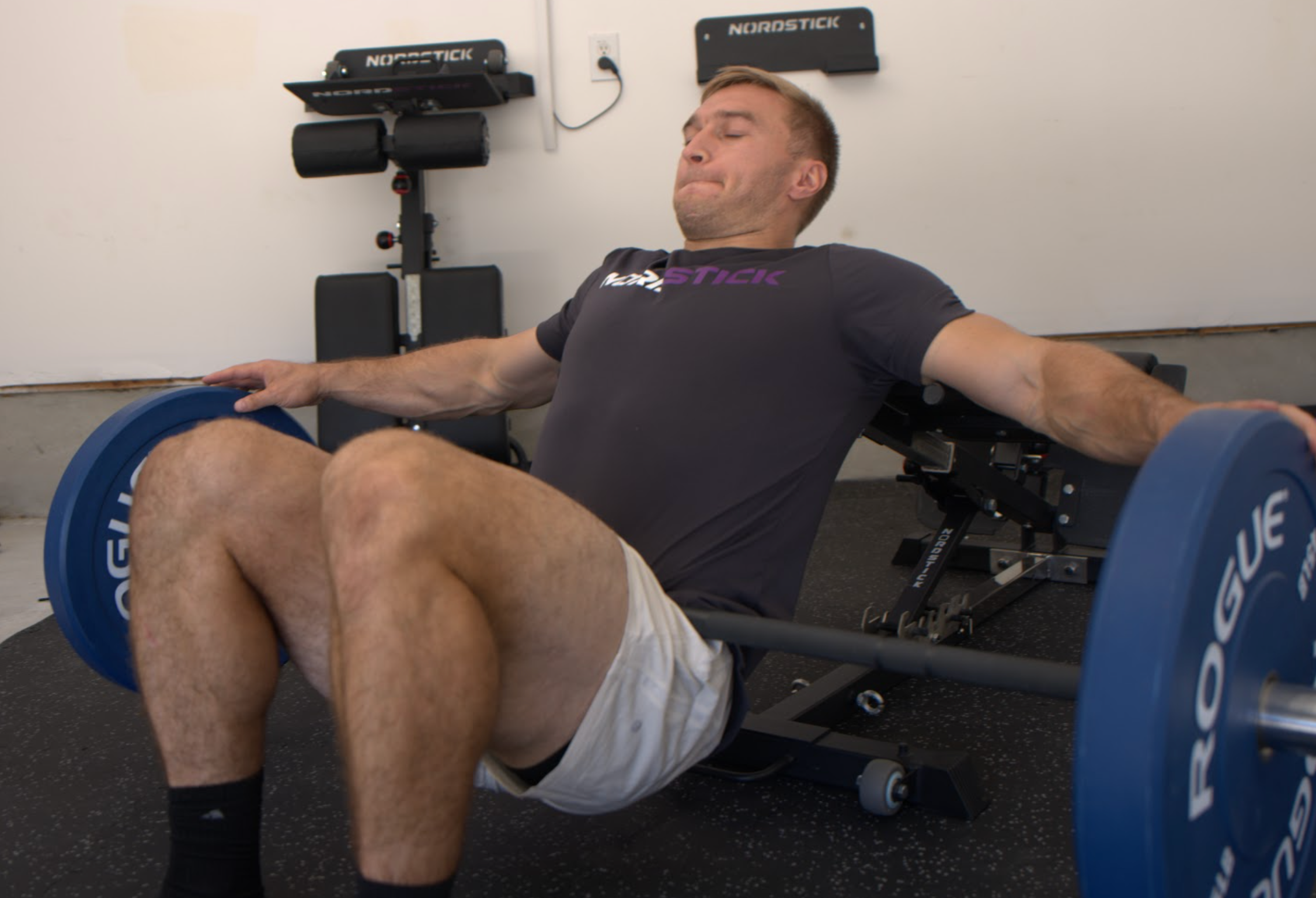
🔥 Bodyweight Hip Thrusts – Perfect for beginners, focusing on proper form and full glute activation.
🔥 Barbell Hip Thrusts – Use a barbell pad for comfort and progressively increase weight for more glute strength.
🔥 Single-Leg Hip Thrusts – Keep one foot elevated while thrusting to challenge balance and build unilateral strength.
🔥 Banded Hip Thrusts – Wrap a resistance band around your hips for added tension and glute engagement.
Using the NordBench on all these variations provides unmatched support, helping you get the full range of motion for stronger glutes.
💡 Good read: How to Grow Your Butt at Home During Your Free Time
When Should You Do Hip Thrusts?
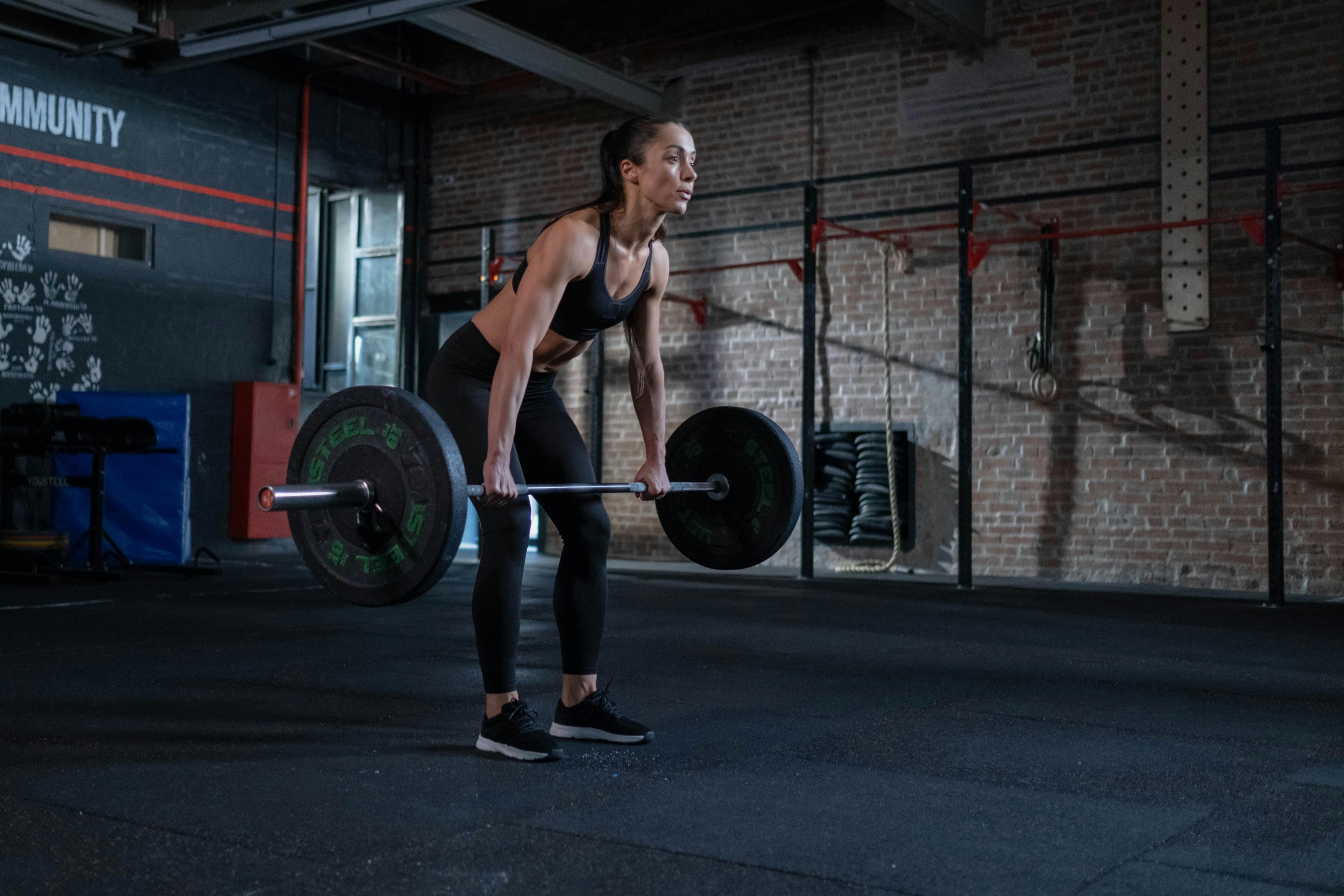
🏋️♂️ Before Squats & Deadlifts – Pre-fatiguing your glutes with hip thrusts before squats or deadlifts can improve muscle activation in your compound lifts.
🔥 On Lower Body Days – Pair hip thrusts with lunges, squats, or Romanian deadlifts for a powerful leg session.
🏃 For Athletic Performance – If you're a runner, jumper, or sprinter, add hip thrusts to boost speed and explosiveness.
💡 Good read: 2 of the Best Core Stability Exercises for Gymnastics Success
Why the NordBench is the Best Hip Thrust Setup
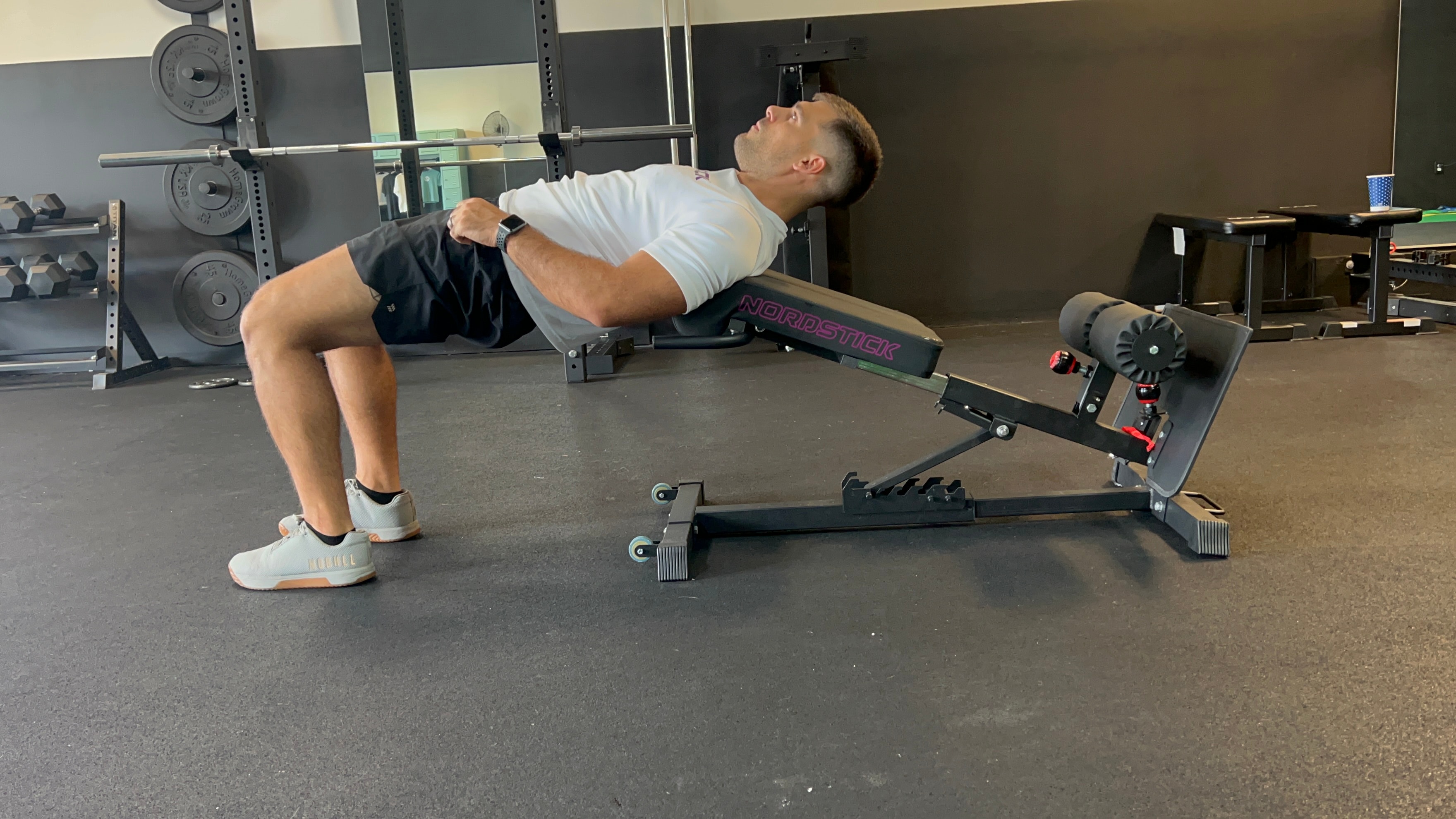
🔥 Perfect Height & Support – The NordBench is designed for optimal positioning, so you get the best glute activation every time.
🔥 No Sliding or Discomfort – Unlike unstable benches or soft surfaces, the NordBench stays in place, allowing you to lift heavier without worrying about balance.
🔥 Compact & Easy to Store – Folds flat when you’re done, making it the perfect addition to your home gym.
If you’re serious about glute development, lower body strength, and injury prevention, hip thrusts should be in your routine. And the NordBench makes them better than ever.
🔥 Ready to strengthen your glutes?
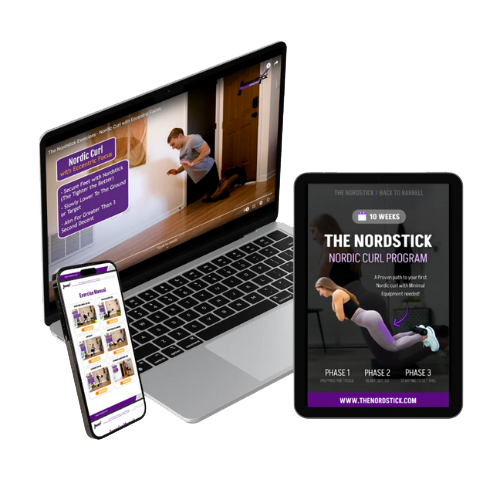

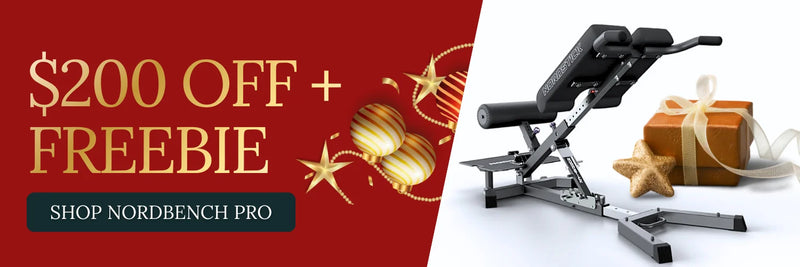
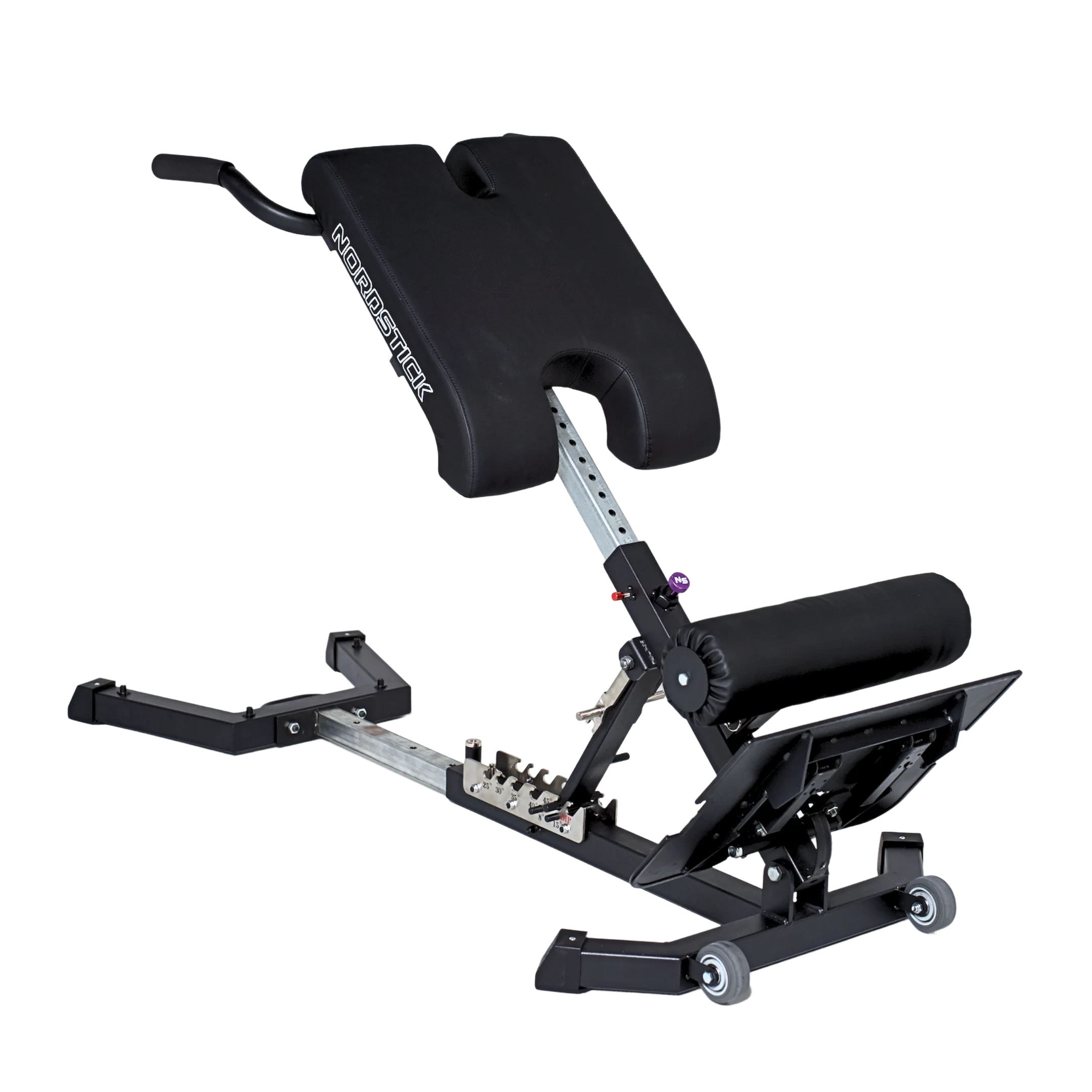
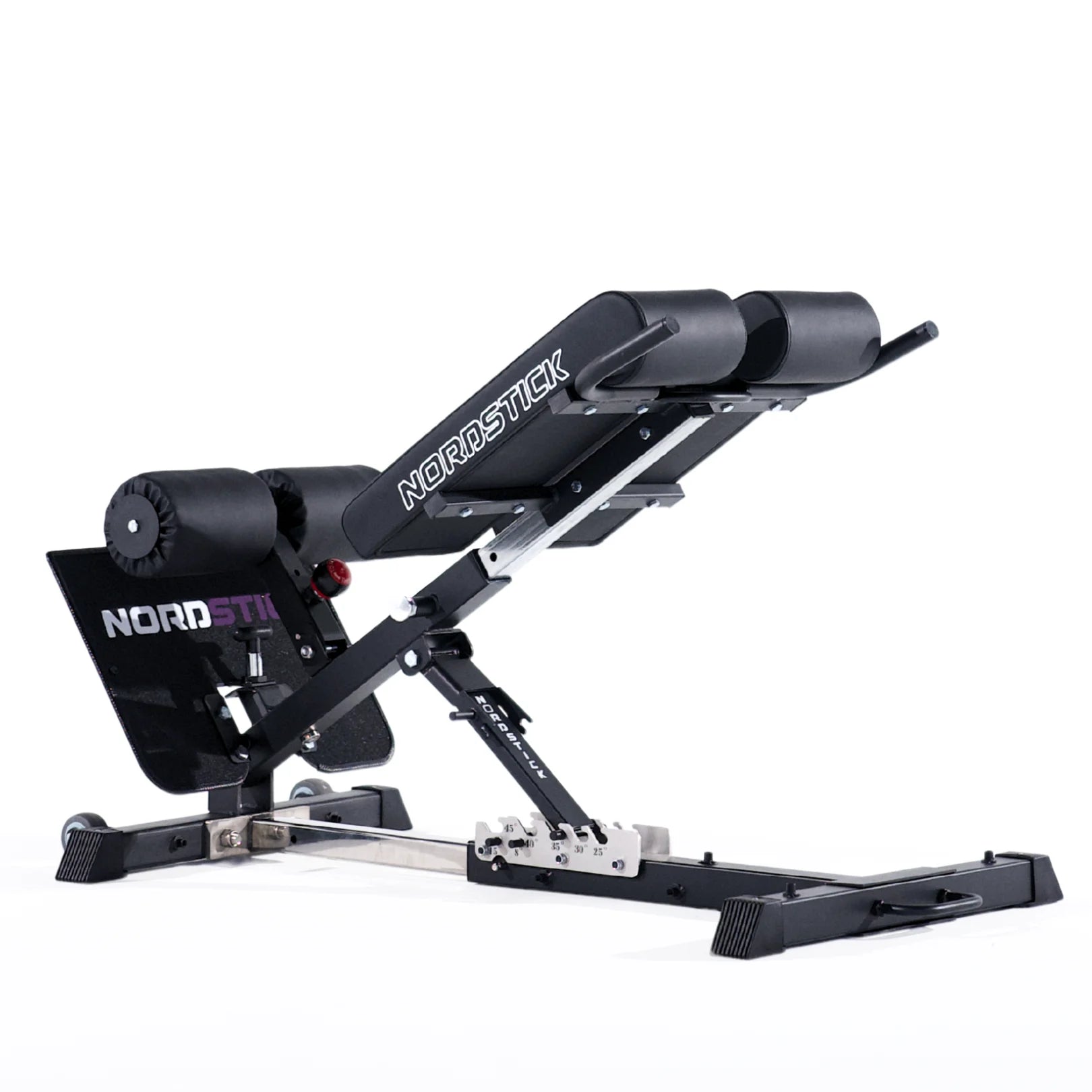





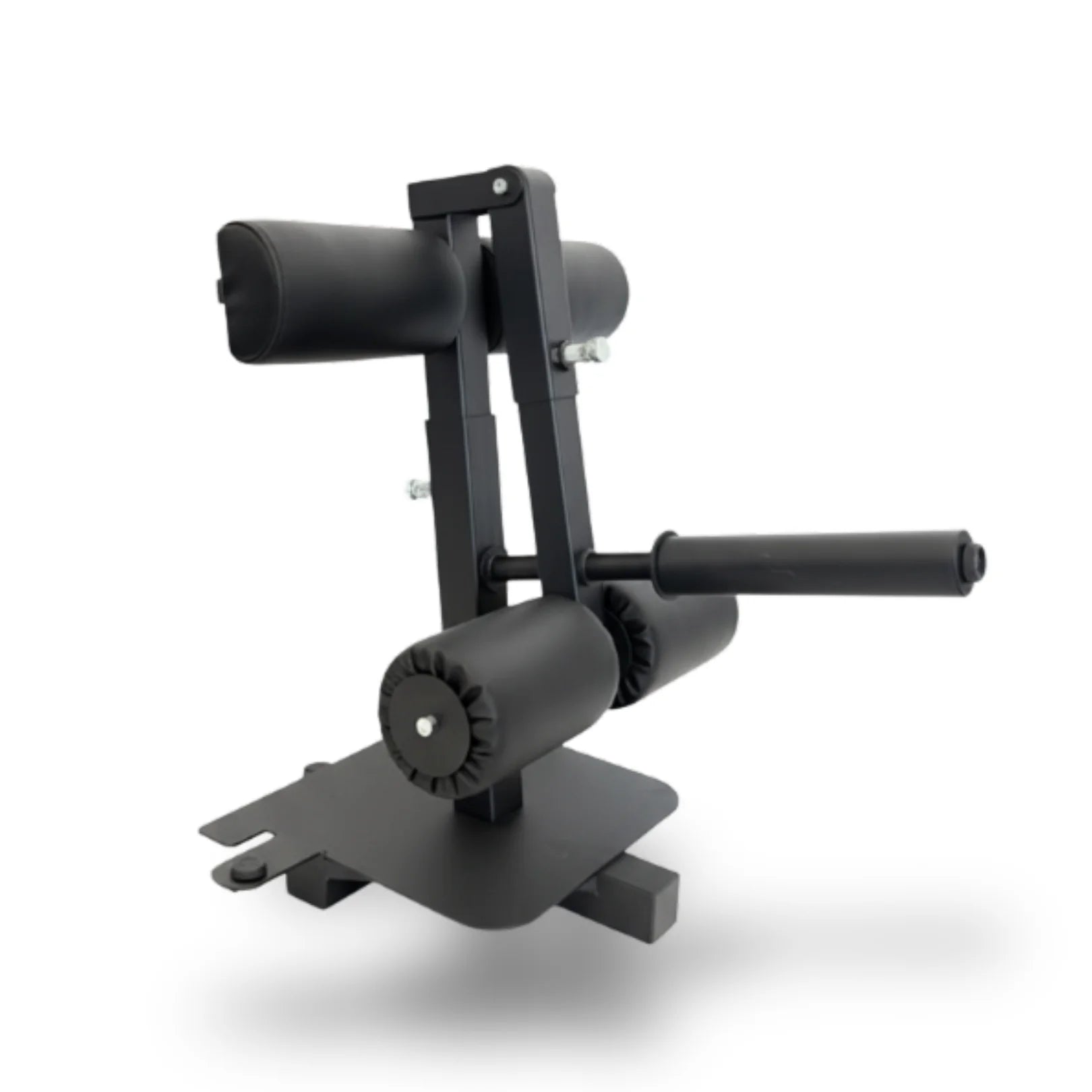
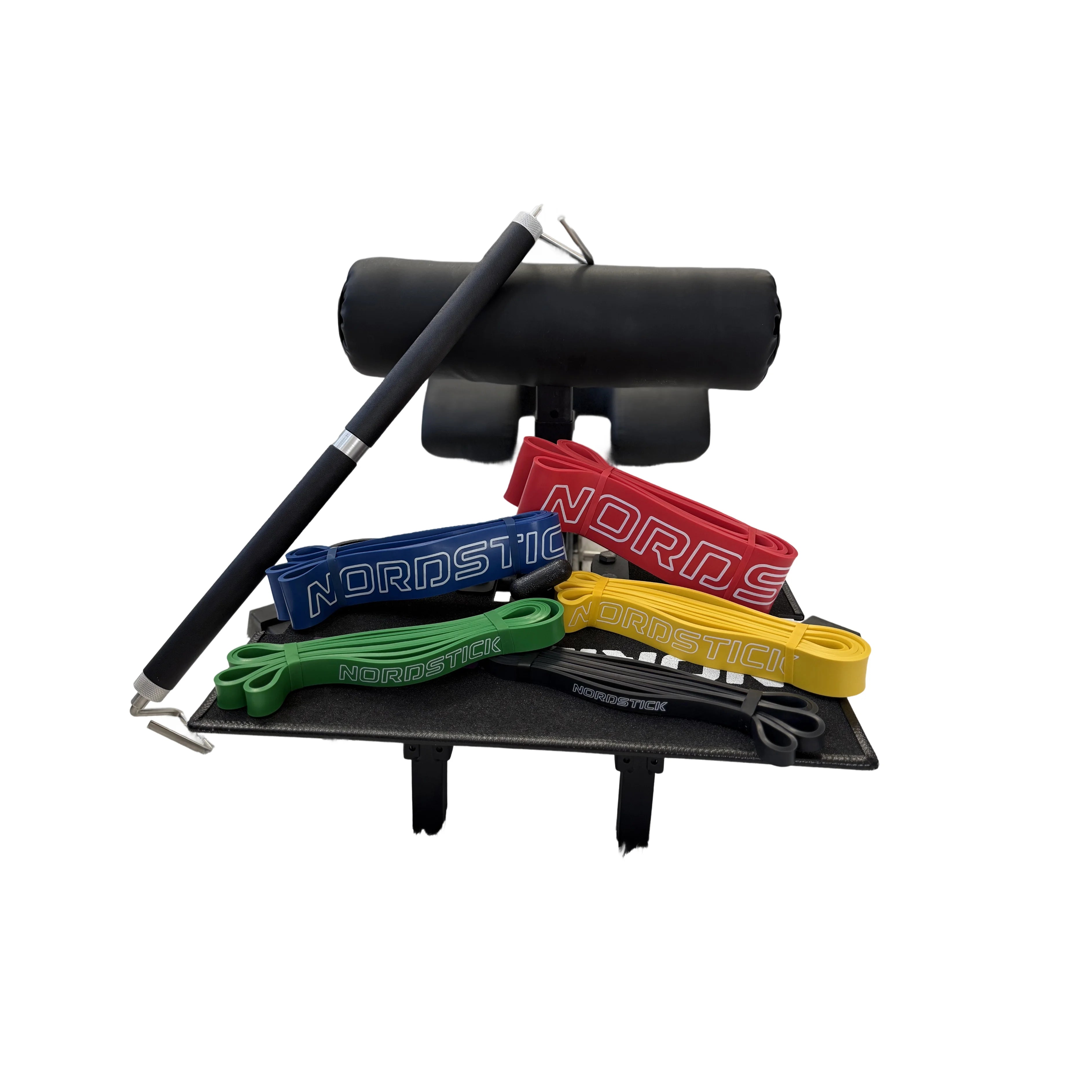
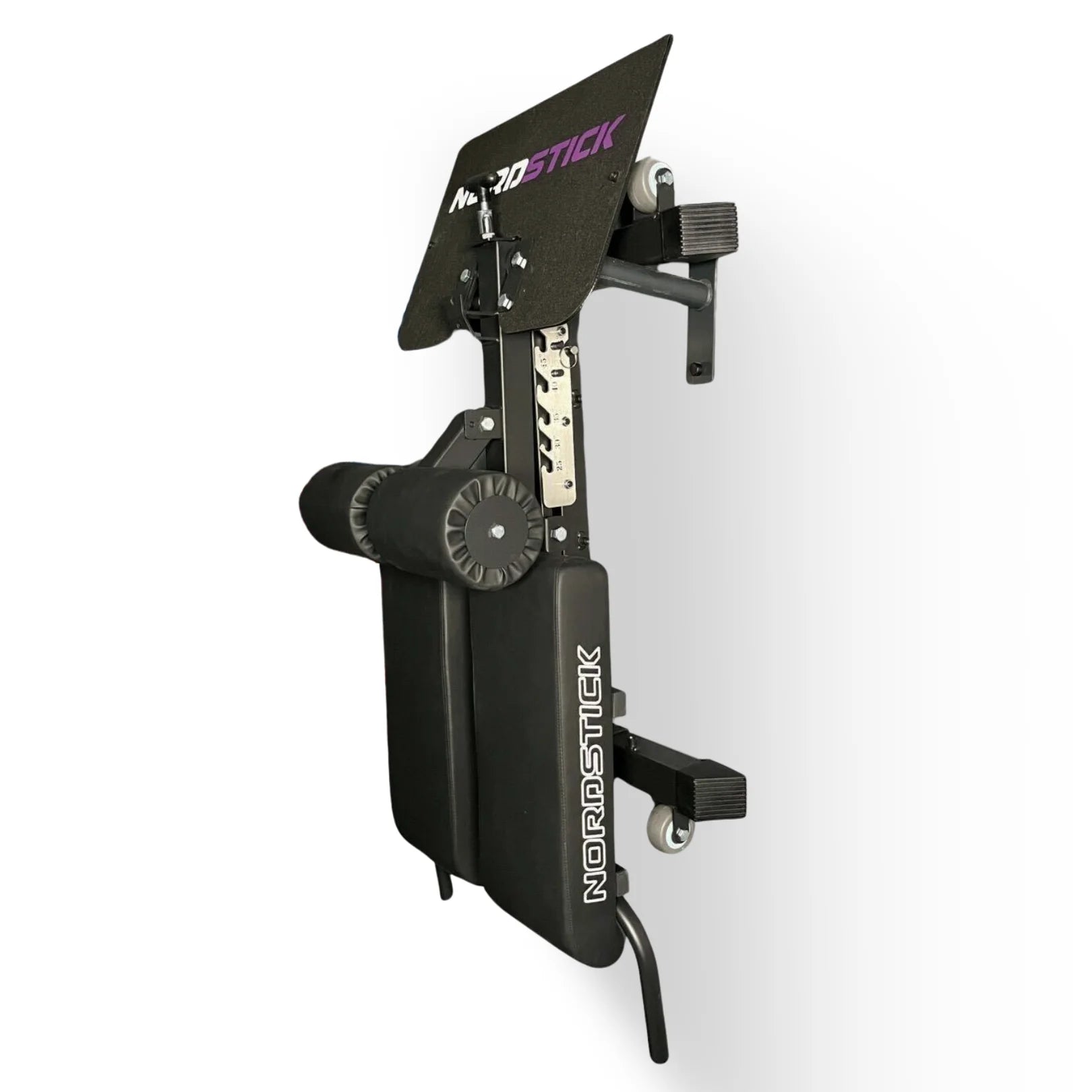
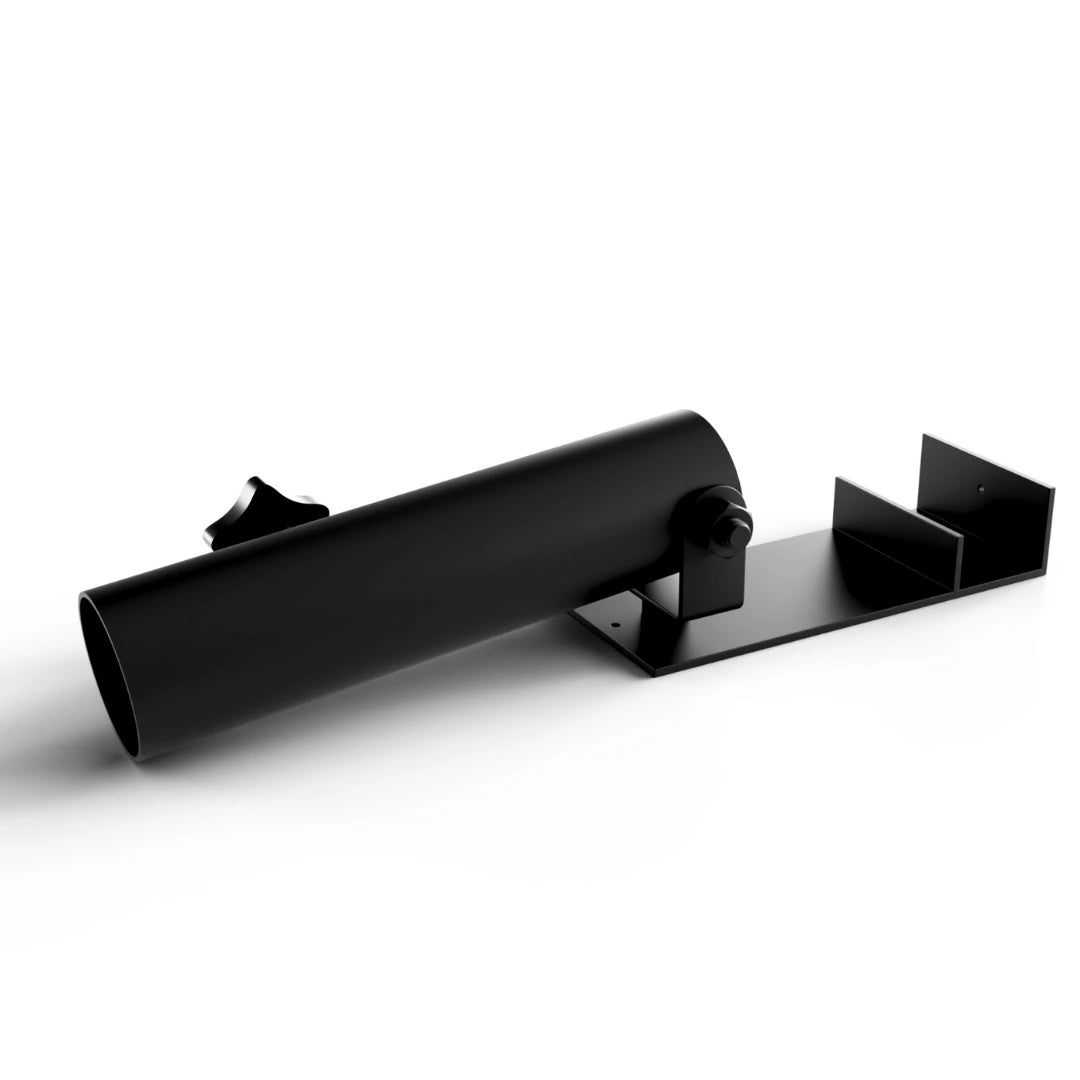
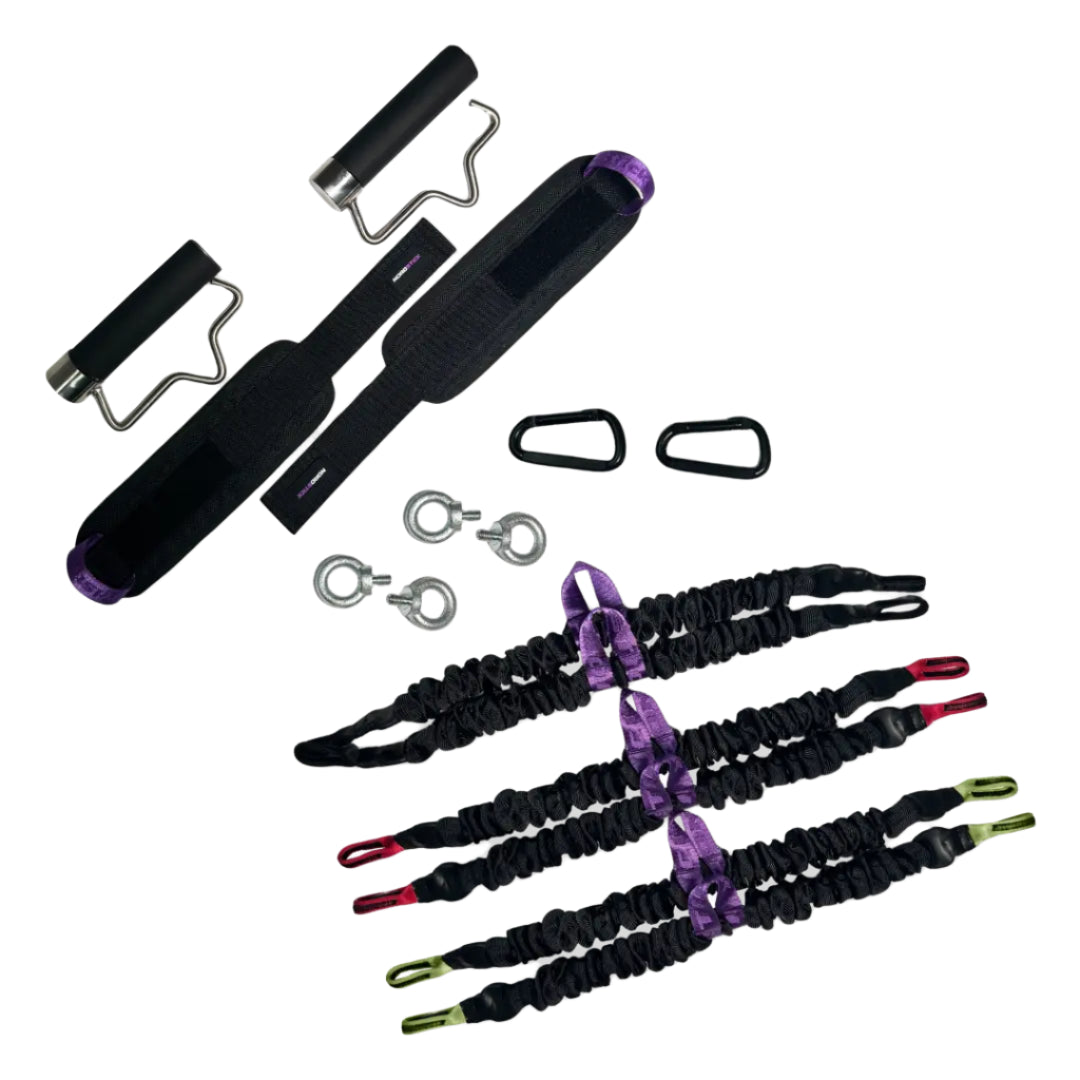
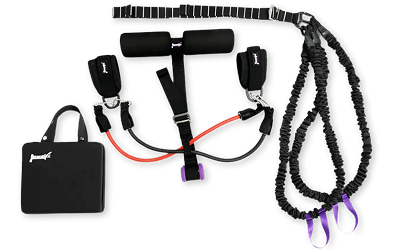
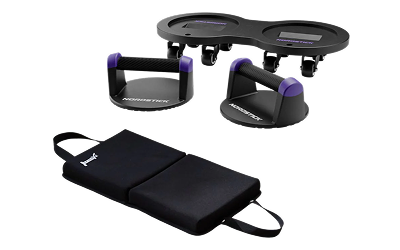
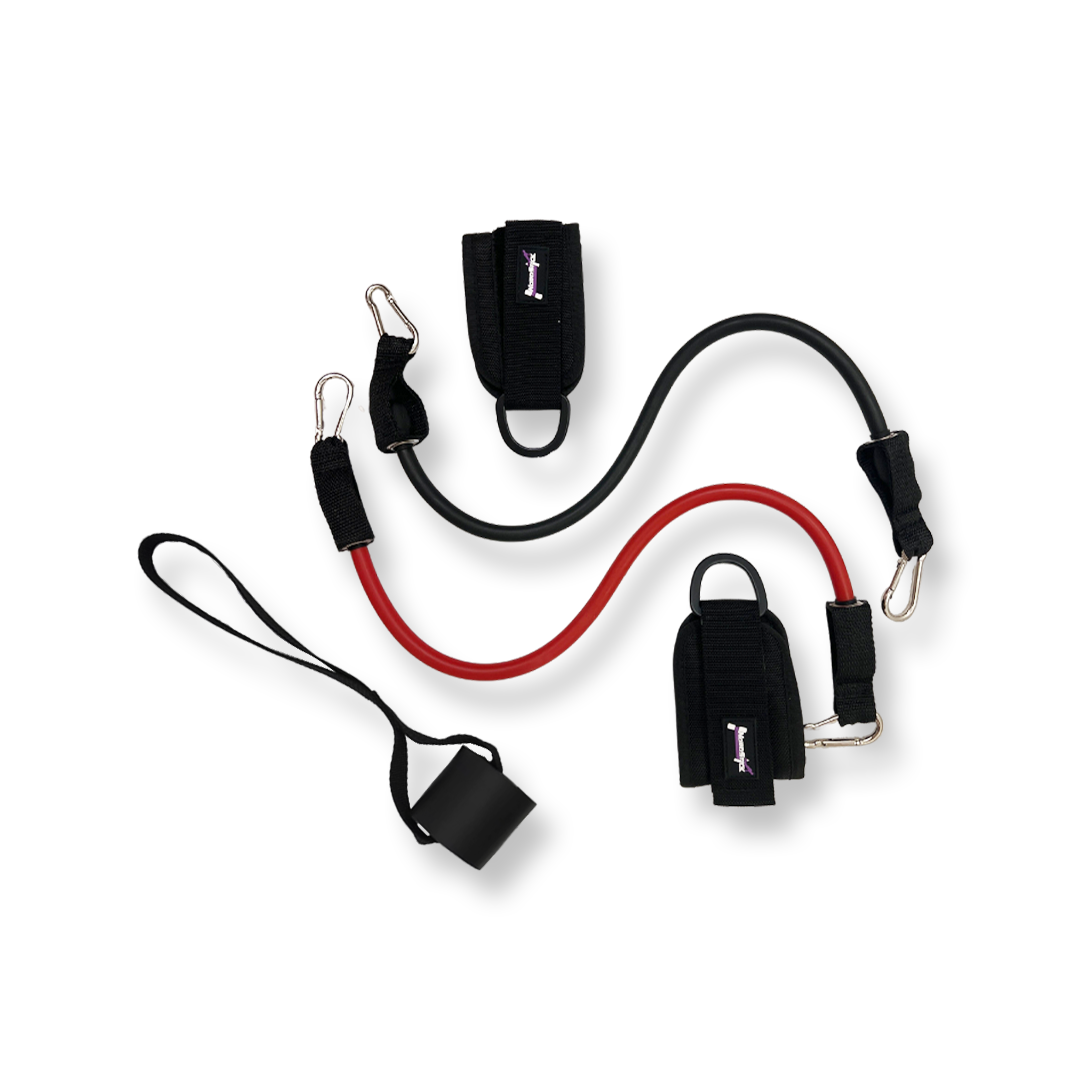
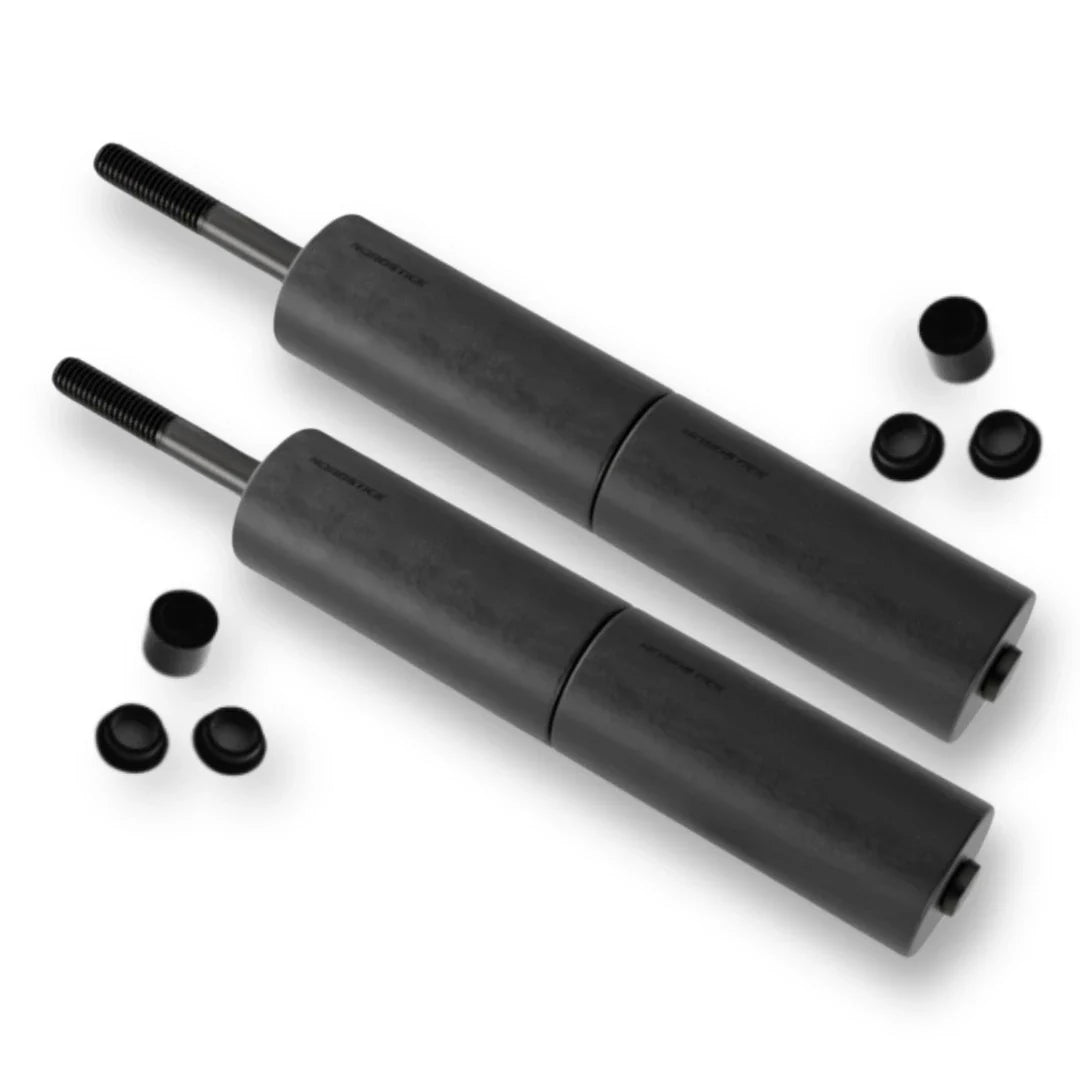
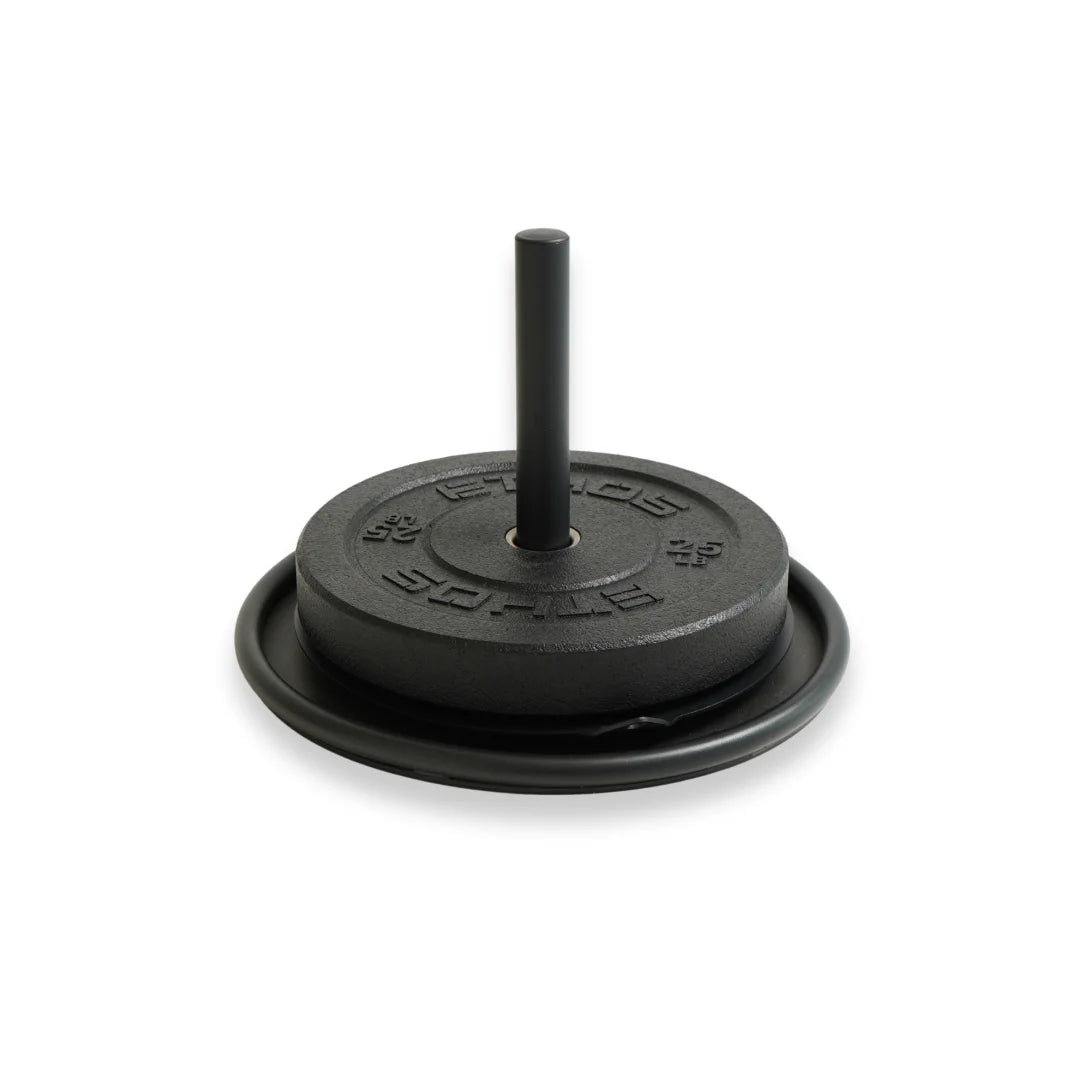
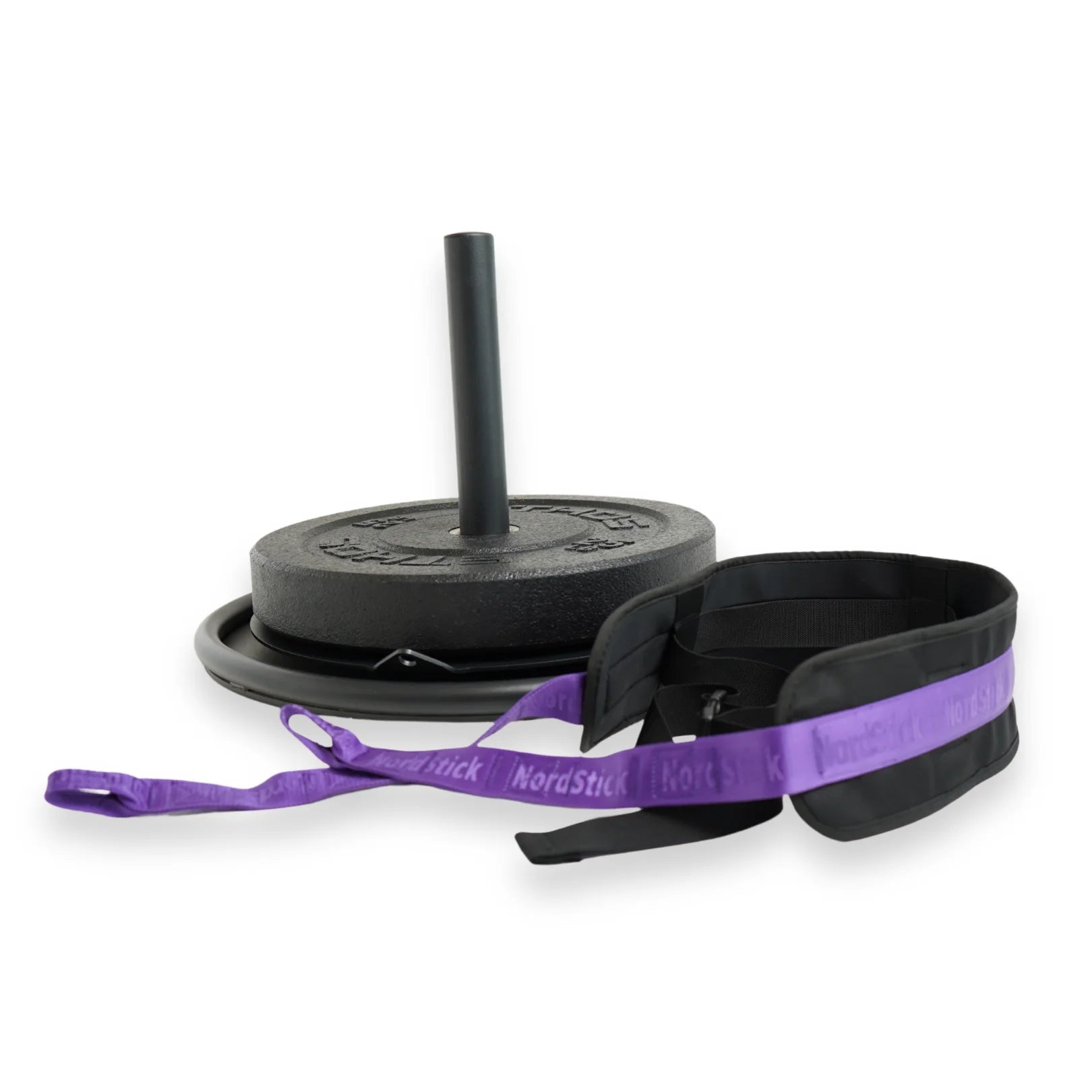
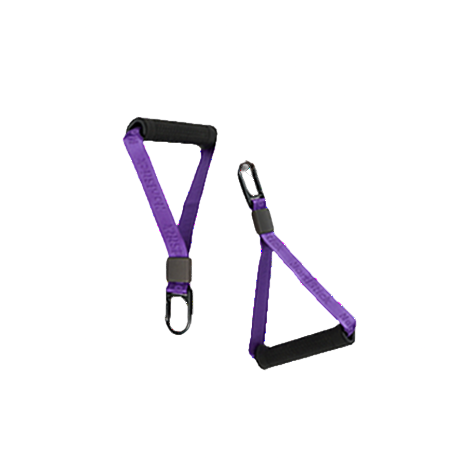
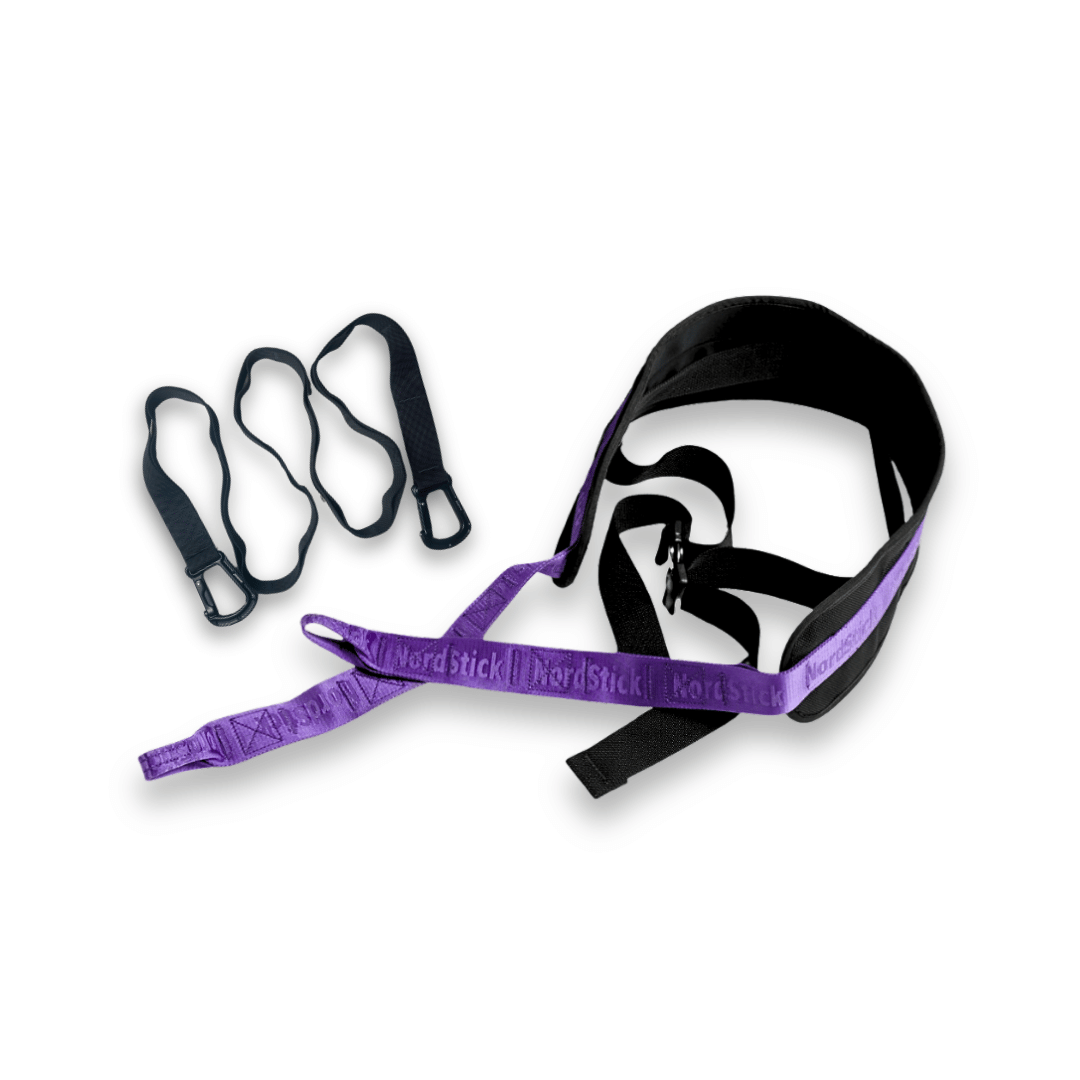
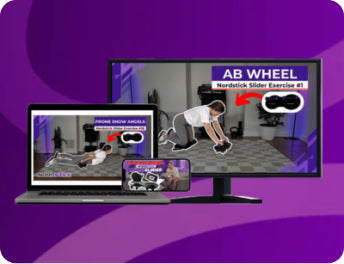
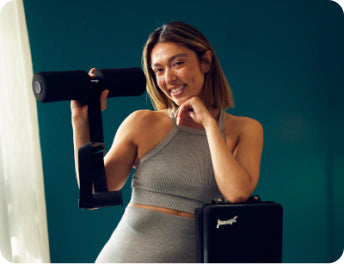
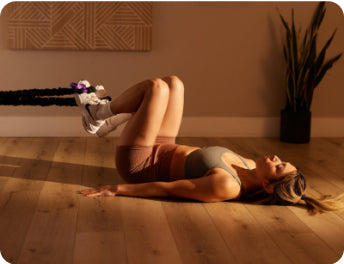
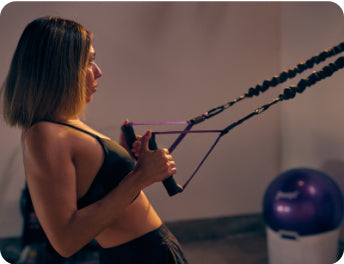

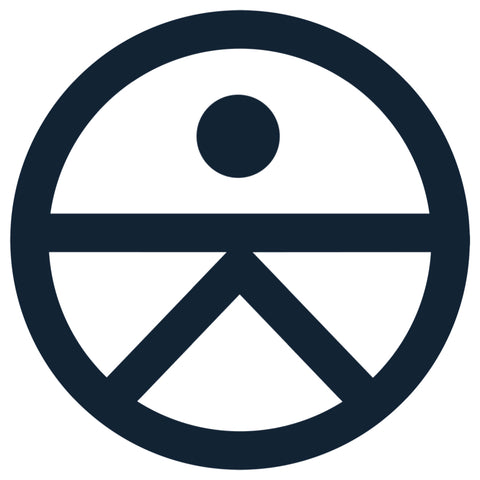
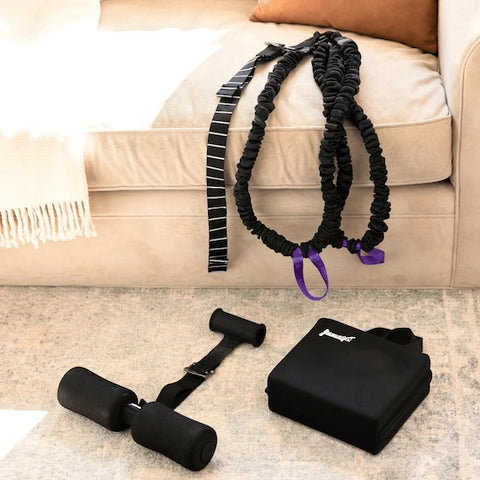
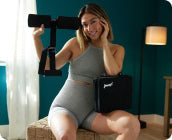
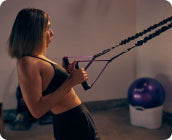
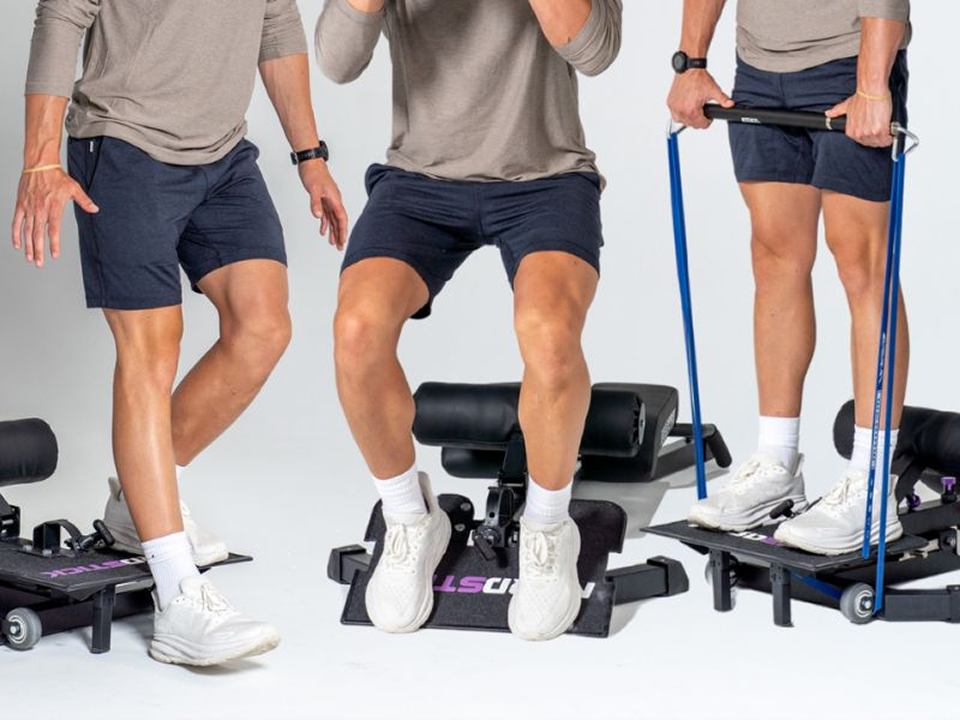
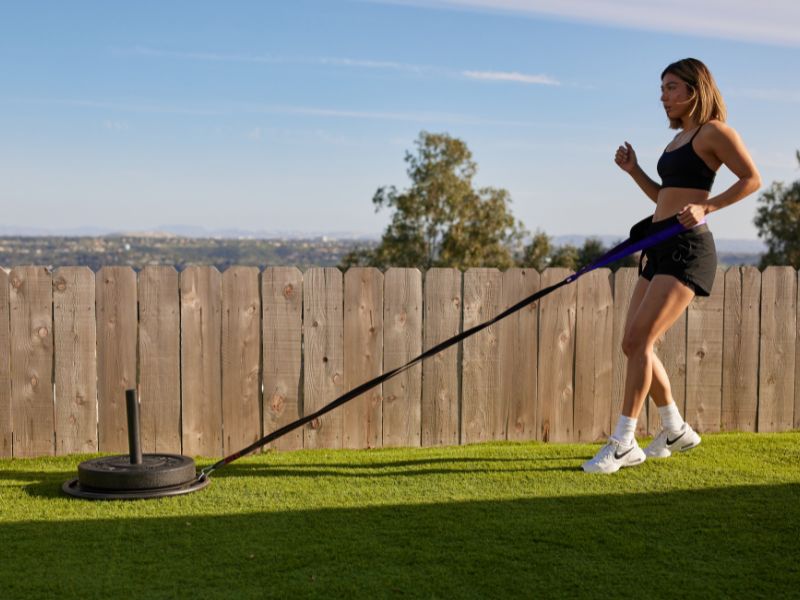

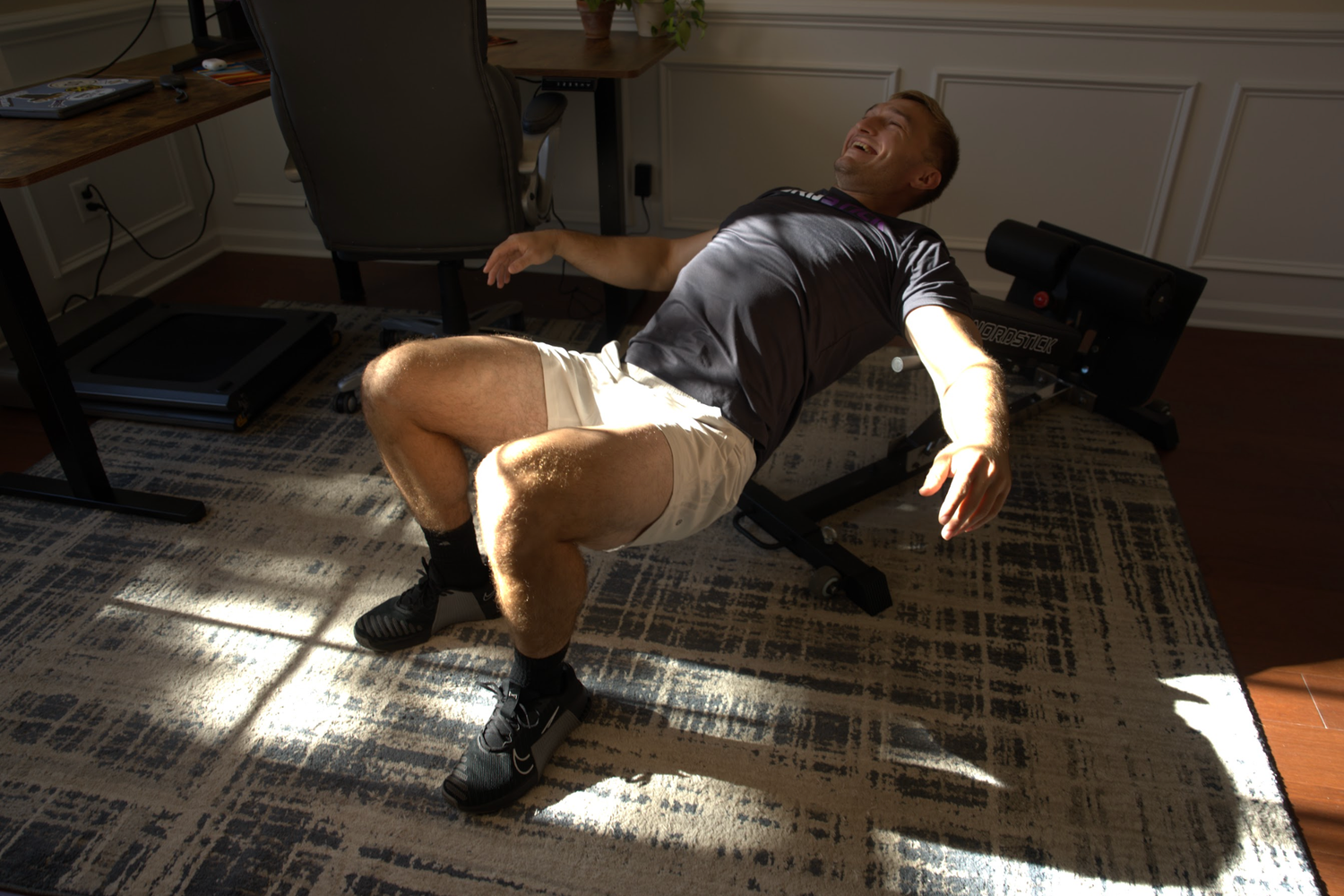
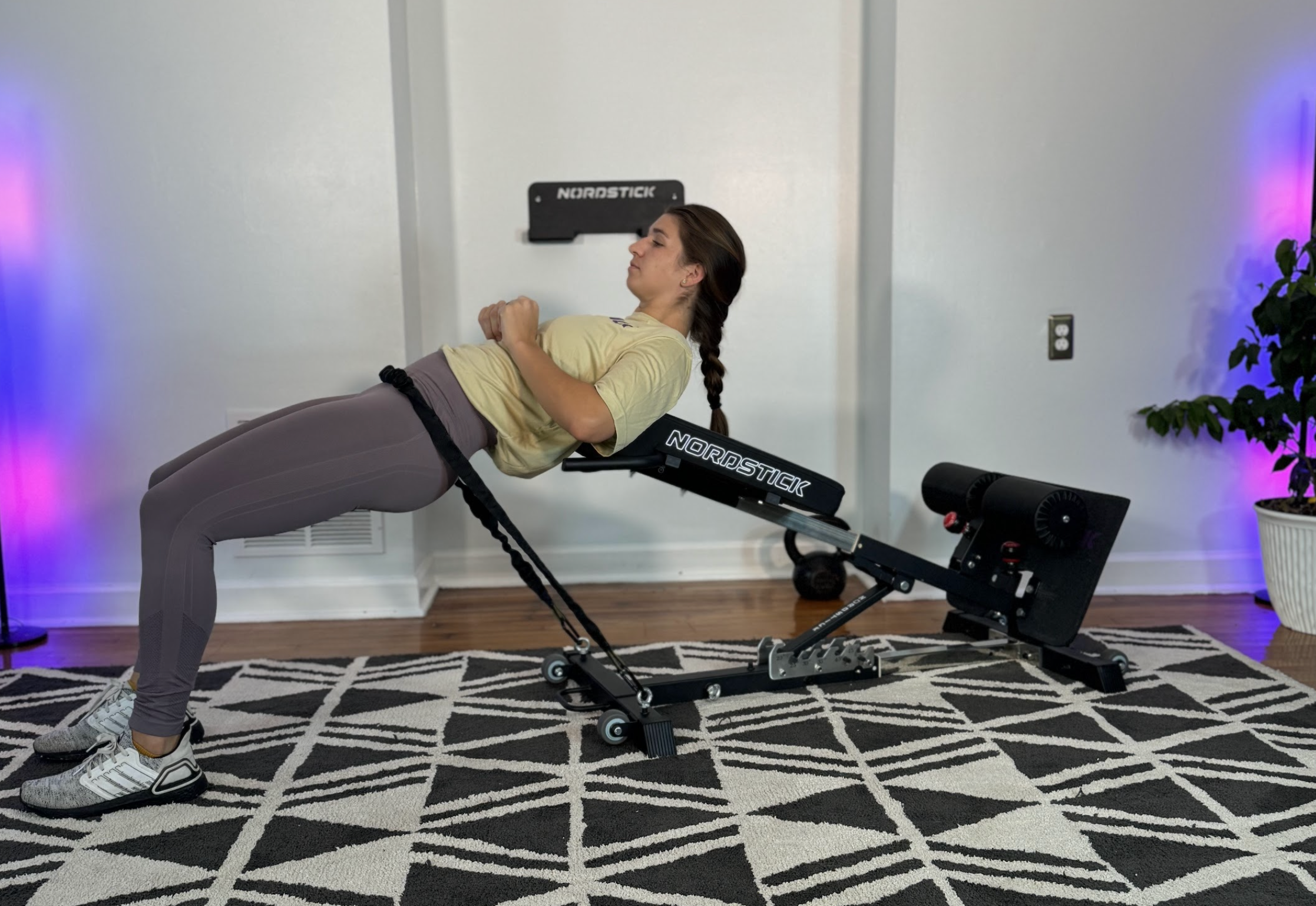
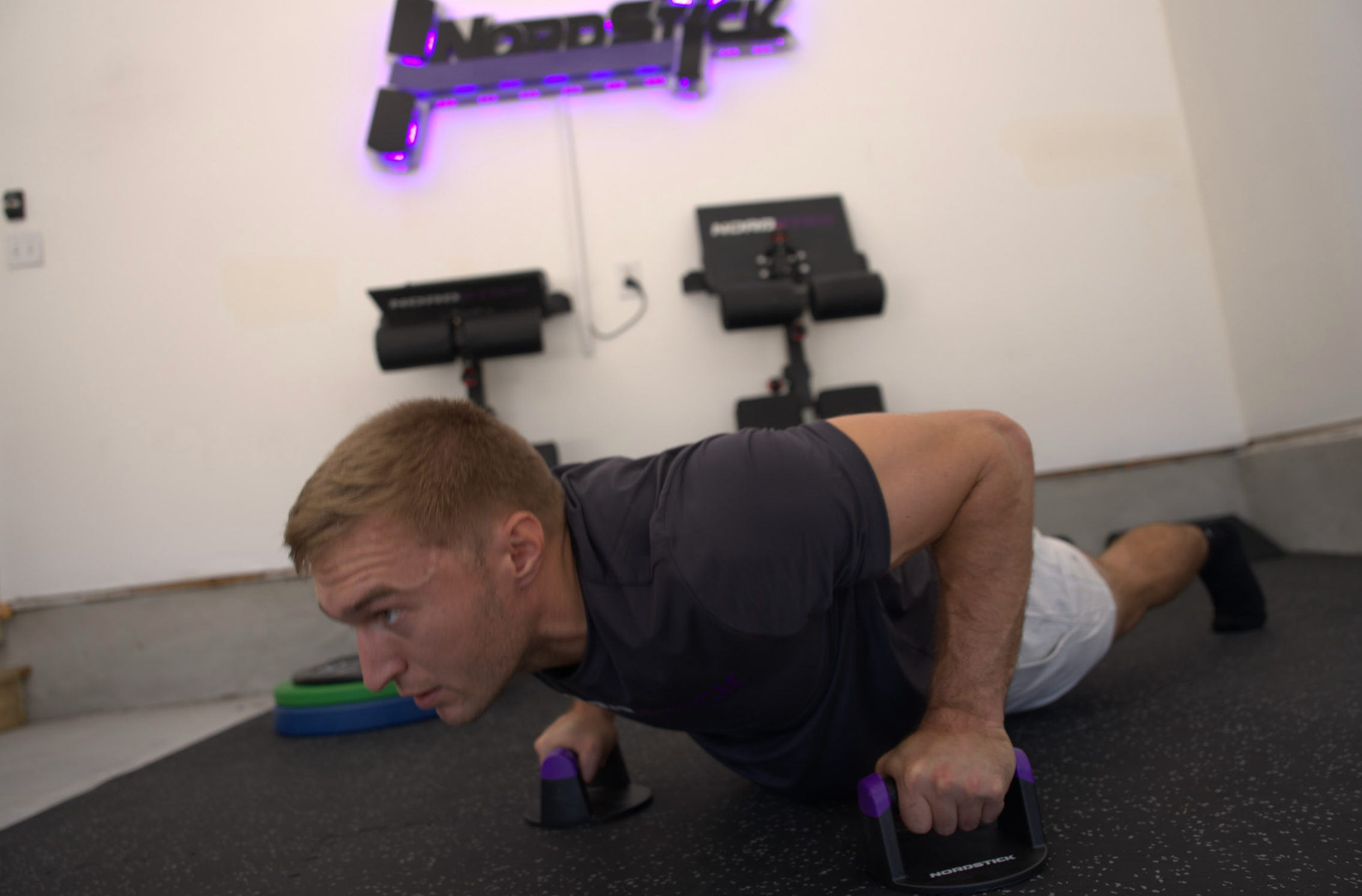



Leave a comment
This site is protected by hCaptcha and the hCaptcha Privacy Policy and Terms of Service apply.